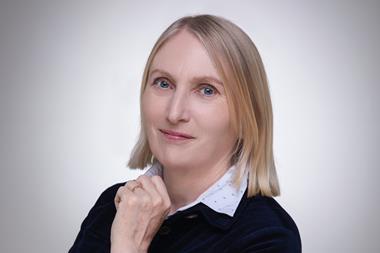If the new, defined contribution (DC)-based Dutch pension system had already been introduced this year, pension cuts would have been unavoidable, according to calculations by pension actuary Henk Bets.
Using different assumptions, Aegon Asset Management sees a slight increase in pension benefits, far from sufficient to provide indexation.
According to the calculations made by Bets, who runs actuarial consultancy Confident, the average pension fund would have had to cut pension benefits by 3.5% based on investment returns made in the first half of 2022. The loss of purchasing power would be even much greater than this due to the record-high inflation.
“I made these calculations to show that the solidarity arrangement does not meet its promises,” said Bets, who earlier had discovered mistakes in a document of the ministry of social affairs that was to show pension benefits were to increase with inflation in the new pension system.
The expected decrease in benefits contrasts sharply with the situation in 2021. Based on investment return made in that year, benefits could have increased by 7.6%, according to earlier calculations from Aegon AM. The asset manager published an updated document this week including year-to-date investment returns.
Perhaps unsurprisingly considering the exceptionally poor investment returns this year, the picture has become decidedly less rosy: pension benefits would have remained more or less stable under the solidarity arrangement (which includes a buffer), and would have fluctuated somewhat in the flexible arrangement without buffers.
“On the one hand this is positive,” said Aegon AM’s Gosse Alserda. “But on the other hand, benefits did not increase with inflation. At least in the short term, the solidarity arrangement would not have preserved purchasing power.”
Even though the new pension system does not meet the goal of providing indexation in the short term, Alserda still considers it an improvement from the current system. He said: “In the new pension system, much lower buffers are required, and as a result it’s possible to reach a better pension on the longer term.”
Solidarity buffer
The different results from Bets’ and Aegon’s calculations can be explained by their different use of the solidarity buffer. Aegon AM exclusively applies the buffer to prevent benefits cuts for pensioners. This is more effective than using the buffer to compensate all age groups for negative investment returns, argued Alserda.
Bets chose the latter option since he believes the new pension law does not allow to use the solidarity reserve specifically for one group as it should have a neutral effect across generations.
According to Alserda, it is possible to do this, though, if one makes sure this does not lead to younger members subsidising pensioners.
“You can do this by avoiding to fill the solidarity reserve with pension contributions, and by making sure pensioners end up paying for their own protection via the returns on their investments,” he said.
Another important difference between the two methods is that Bets does not make use of the possibility to spread out the effects of financial shocks over a maximum period of 10 years. In Bets’ example, pensioners take the pain immediately resulting in much higher benefits cuts. Last but not least, Bets assumes an interest rate hedge of 100% for pensioners in his example. For Aegon AM this is 75%.
Due to the large increase in interest rates this year, leaving part of the interest rate risk unhedged had a positive effect on pension benefits. “Not completely hedging your interest rate risk gives you some room to compensate for inflationary shocks,” said Alserda.
“So if you expect this kind of scenario to occur more often, it’s worth considering to lower your interest rate hedge.”
The latest digital edition of IPE’s magazine is now available




























No comments yet